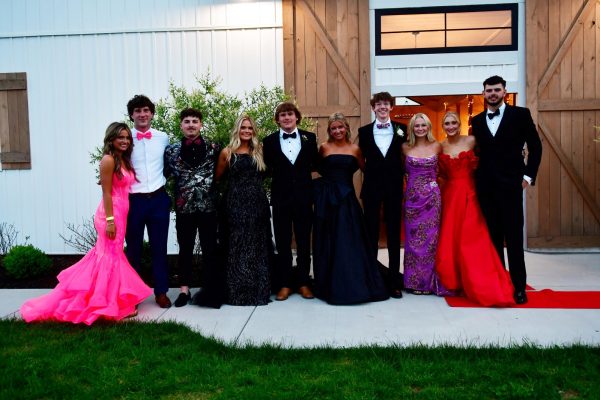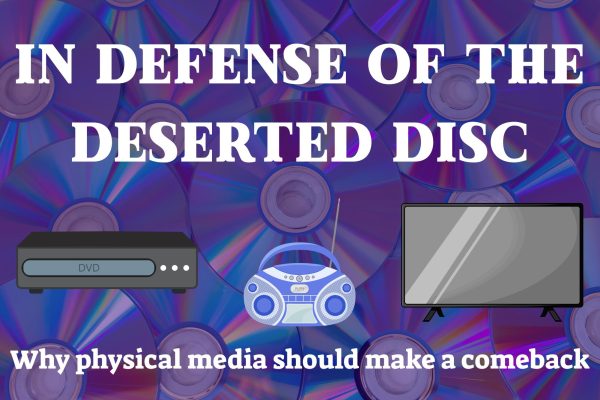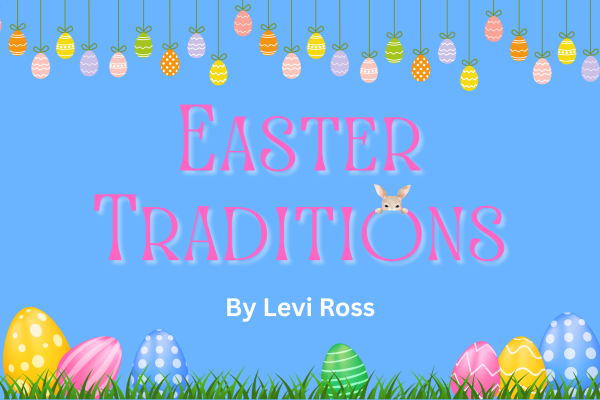How Many Eves are Too Many Eves?
Jiminy Cricket! This is slower than Christmas.
For generations on end, phrases such as this have been representative of the paramount characteristic of Christmas: it’s something to wait for.
It is this waiting, in fact, that brings so much value to the Christmas season.
Like a snowball rolling down a hill, growing snow- flake by snowflake, each day builds upon the excitement of Christmas.
This anticipation is not given but grown, watered and tended by patience.
Although now considered a cliché, it still bears significance that if Christmas was every day, it wouldn’t mean anything at all.
This holiday, valued by its infrequency, is therefore best kept at one day a year, yet
in so many cases we see this ignored.
The blame for this may be rightfully placed on the young generation centered around instant gratification.
The mortal sins of playing Christmas music before December, and putting up a tree as soon as the first cold breeze blows both branch from this very thing. Although usually unbearable, pre-yuletide preparation might not always be a bad thing.
In some ways, it allows for a smooth transition from season to season, but this can always be taken too far.
One example of this is Christmas Eve. Christmas Eve gets its own celebrations just because everyone is so excited that it’s the day before Christmas.
That’s like setting off fireworks on the third of July because you’re so excited to get to set off fireworks for the Fourth of July.
We’ve all been driven mad by the kid on the first of December telling you, “It’s Christmas Eve Eve Eve Eve Eve…”and continuing for every day up to the 25th, but using the phrase seems to have become vital to the season.
If you disregard the term completely you’re called a Scrooge, but if you use too many Eves you become your obnoxious little cousin.
This brings about a question that when answered might finally reveal the true meaning of Christmas: How many eves are too many eves?

Maxwell is a Senior at GRC. He enjoys tennis, music, and building. His favorite food is burgers, and his favorite color is green.






